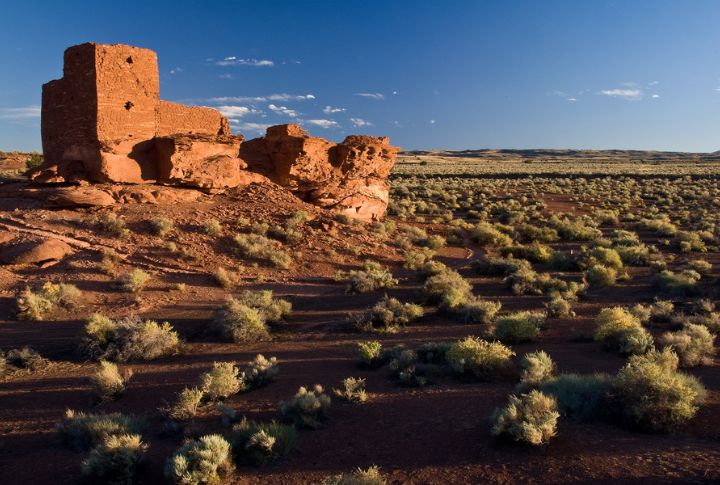
America’s history stretches back far beyond what most people realize. These sites hint at the first humans who set foot on this land thousands of years ago and the rich and diverse cultures that flourished here; there’s so much to discover. Some incredible archaeological sites across the U.S. offer a peek into the lives of the ancient peoples who shaped this land long before Columbus arrived.
Monte Verde (Chile)
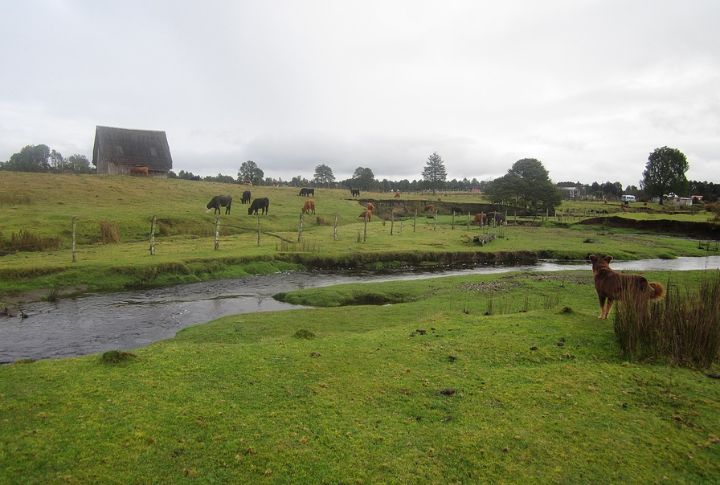
While technically in Chile, Monte Verde is vital for understanding how people first migrated into the Americas. This site, more than 14,000 years old, challenges the traditional theories about when and how humans crossed into the continent. It’s an eye-opener for anyone interested in how early people spread across the Americas.
Clovis Site (New Mexico)
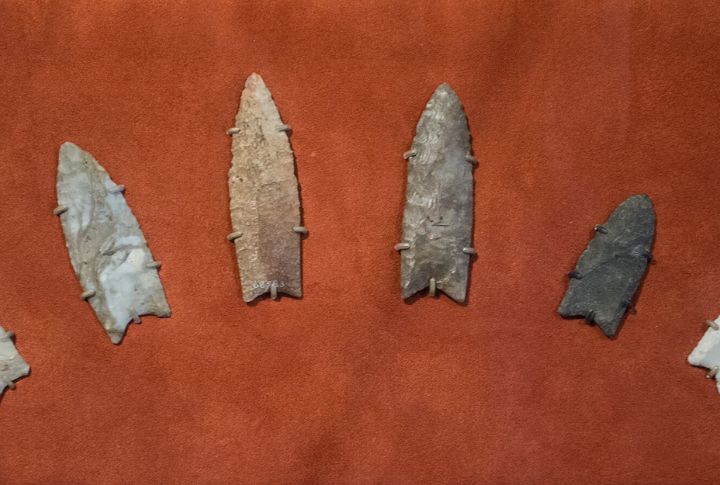
If you’ve heard of the Clovis people, you know they were early Native Americans who left behind distinctive spear points around 13,000 years ago. The Clovis Site helps us understand how these people hunted and lived, giving us clues about their culture and survival tactics.
Blackwater Draw (New Mexico)
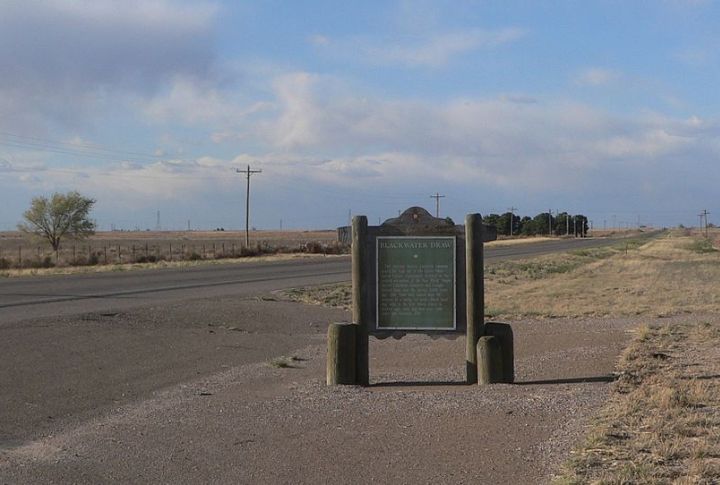
At Blackwater Draw, archaeologists have uncovered evidence of early humans hunting mammoths and other giant creatures, which roamed the land around 13,000 years ago. These discoveries give us a clever look at the early relationships between humans and some of the largest creatures ever to walk the planet.
Bering Land Bridge National Preserve (Alaska)
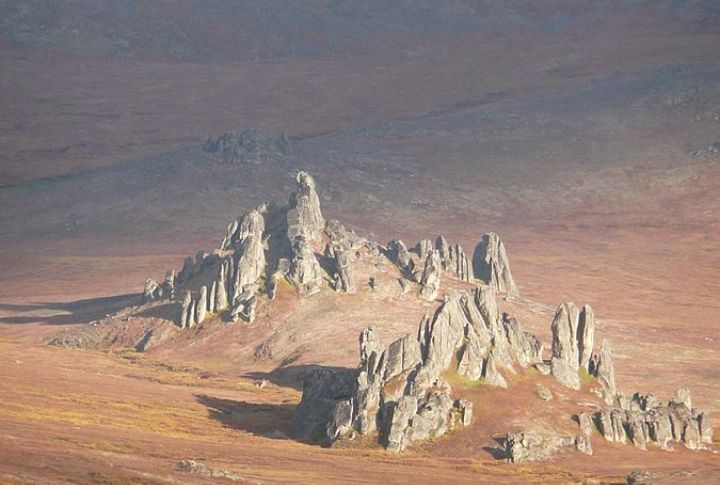
The Bering Land Bridge isn’t just a cool name—it was once a passageway that allowed people to cross from Asia into North America. Around 15,000 to 20,000 years ago, it helped populate the Americas. Today, this preserve is essential to understanding those early migration patterns.
Folsom Site (New Mexico)
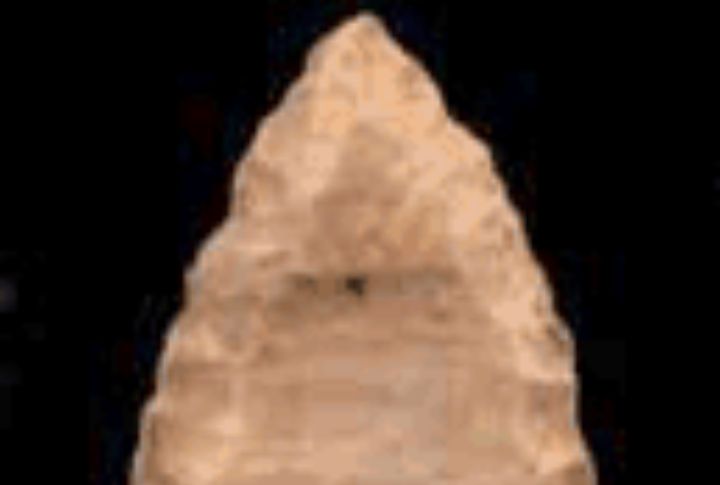
The Folsom Site is where we found evidence that early Americans hunted bison more than 10,000 years ago. The site has helped us understand the sophisticated techniques these early people used to hunt and survive. Ladies and gentlemen, advanced tools and methods started way back.
Cahokia Mounds (Illinois)
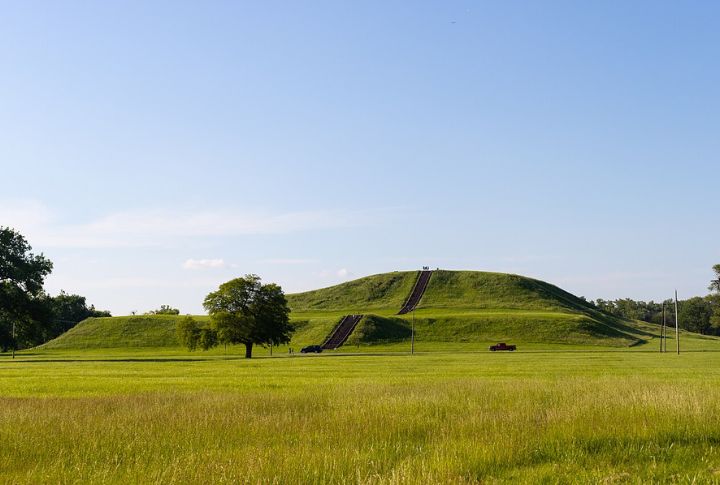
Did you know that Cahokia was once North America’s largest city outside Mesoamerica? It peaked around 1050 CE and was home to thousands of people. The massive mounds built here show how the Mississippian culture was incredibly organized, focusing on agriculture, religion, and community building.
Great Basin Sites (Nevada, Utah)
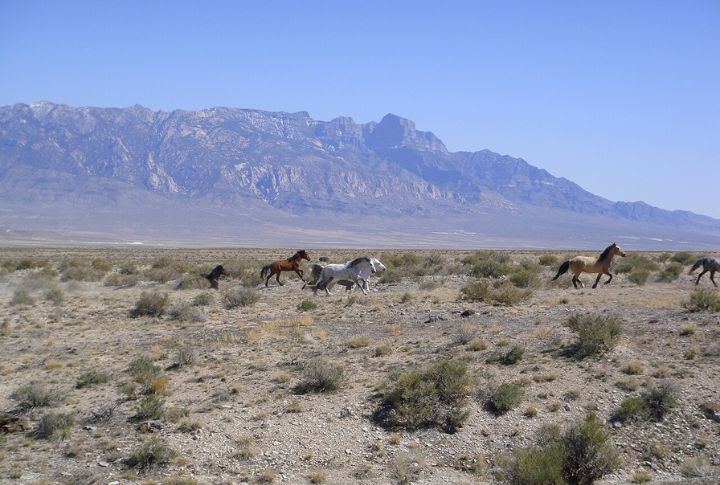
In the Great Basin, which stretches across Nevada and Utah, archaeologists have found evidence of human life going back 12,000 years. These sites highlight how early peoples adapted to a harsh, arid environment, relying on their resourcefulness to survive.
Gault Site (Texas)
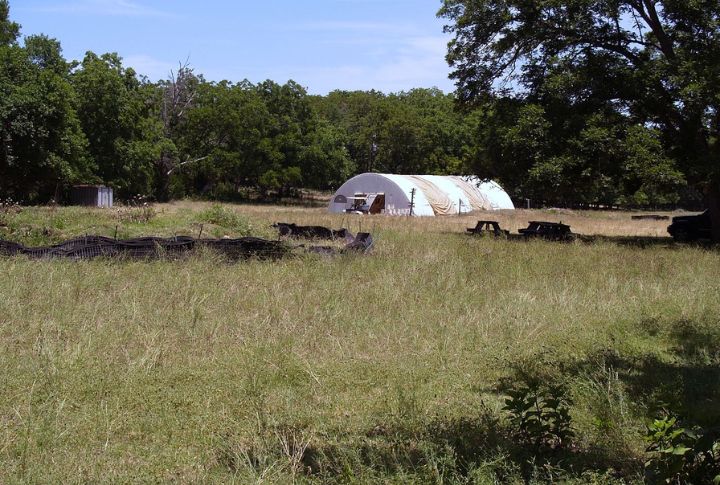
A Texas locale called the Gault Site is a true treasure chest for archaeologists. Beneath the surface, explorers unearthed tools and other artifacts that are more than 15,000 years old. It helps us paint a clearer picture of life for early Texans.
Arlington Springs (California)
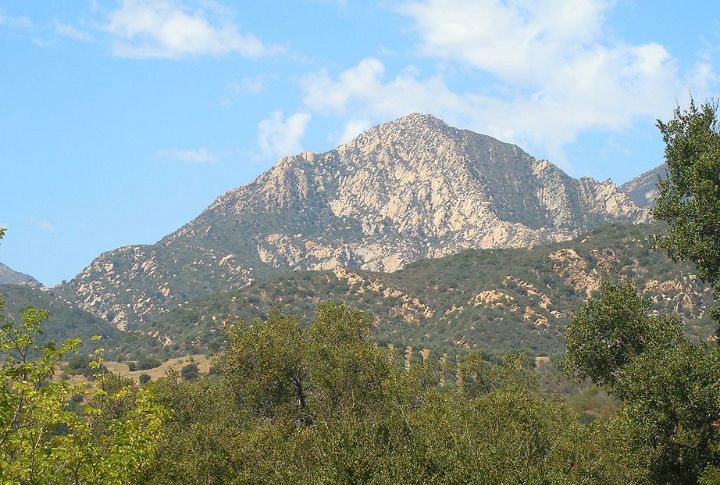
On California’s Channel Islands, Arlington Springs offers some of the oldest evidence of human presence in North America. Human remains discovered here date back over 13,000 years. It’s incredible how such sites provide a fascinating insight into how people adapted to island life and what they ate to survive.
Dighton Rock (Massachusetts)
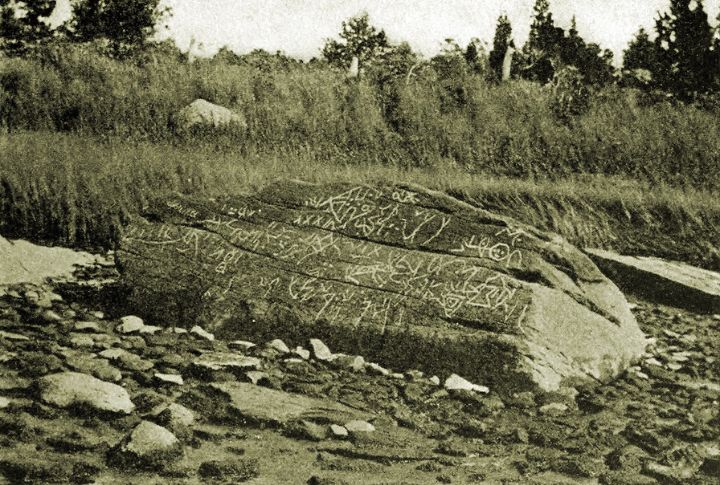
Dighton Rock is a mystery in itself, covered with carvings that researchers have been trying to decipher for centuries. These petroglyphs are believed to be linked to the spiritual or cultural beliefs of the people who created them, and they leave us with more questions than answers about early American life.
Hovenweep National Monument (Colorado/Utah)
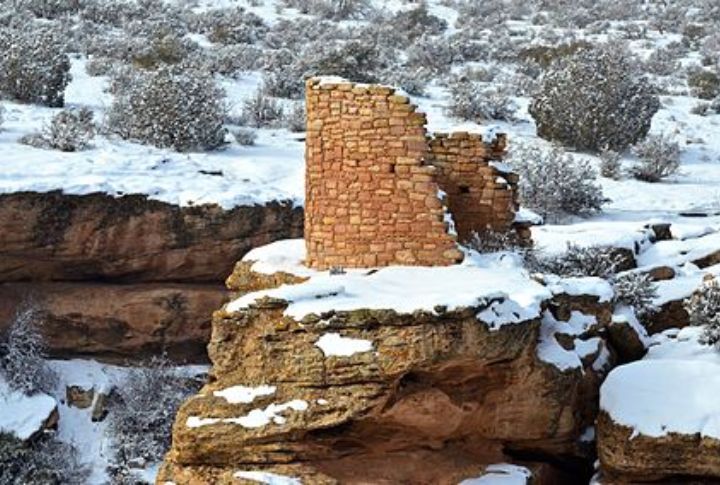
A site that sits between the borders of Colorado and Utah is the Hovenweep. This site features fascinating stone structures built by the Ancestral Puebloans. These homes, built around the 9th century, show these ancient communities’ remarkable architectural skill and social organization.
Paisley Caves (Oregon)
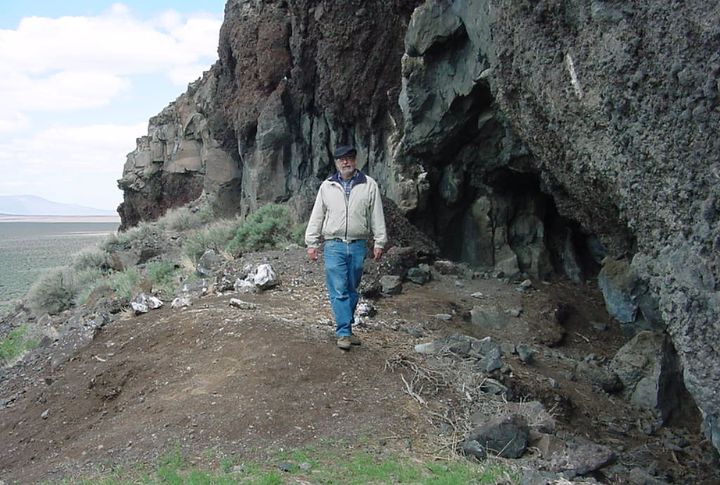
Paisley Caves in Oregon made headlines when researchers found ancient human coprolites (fossilized poop!) and other artifacts dating back over 14,000 years. These findings might give us a better understanding of early diets and what life was like for people living in the Pacific Northwest.
Chaco Canyon (New Mexico)
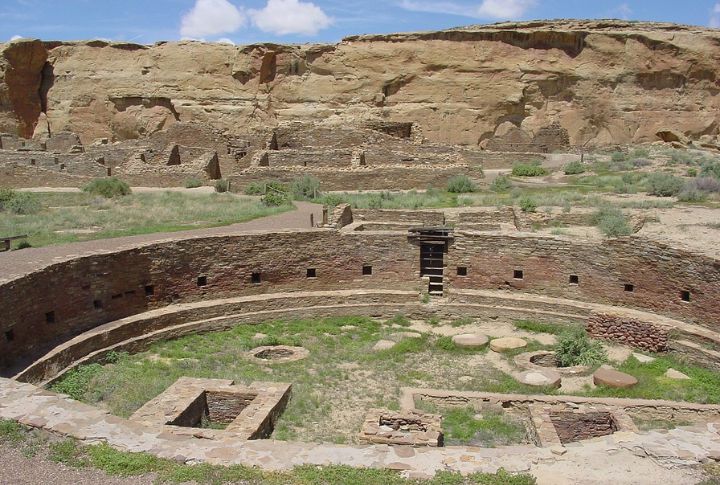
Chaco Canyon was once the heart of the Ancestral Puebloan civilization. From 900 to 1150 CE, this place was a major cultural and political center. Its ruins and sophisticated structures today help us understand how these people mastered astronomy, urban planning, and agriculture.
Mesa Verde (Colorado)
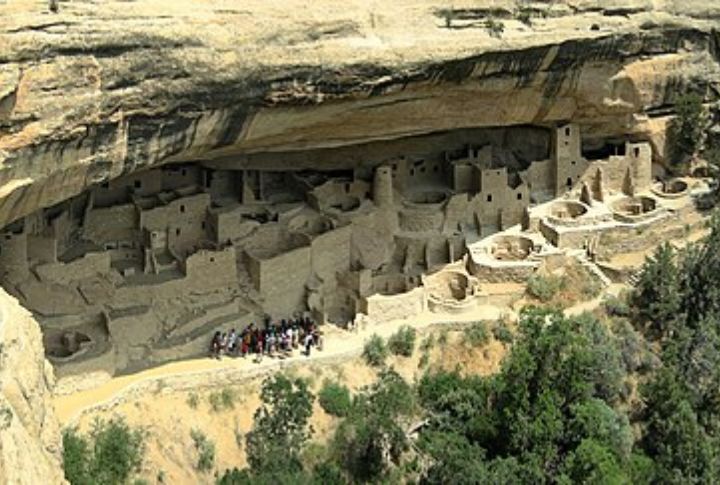
The cliff of Mesa Verde is a walk through the incredible adaptability of the Ancestral Puebloans. These structures were built more than 600 years ago, and they show how the people here used their environment to thrive, building complex homes in a challenging environment.
Serpent Mound (Ohio)
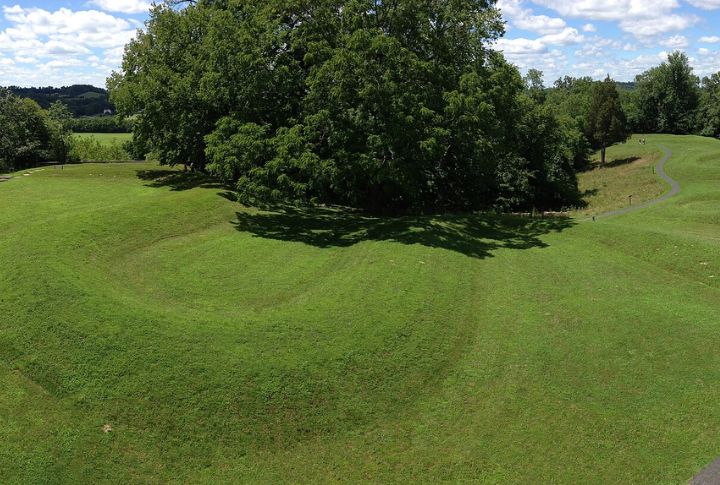
The Serpent Mound is an ancient effigy mound in Ohio shaped like a serpent. It’s been a subject of debate for years, with some speculating it was a ceremonial site, while others think it may have astronomical significance. Either way, it’s an enthralling piece of ancient art that has sparked curiosity for centuries.
Wupatki National Monument (Arizona)
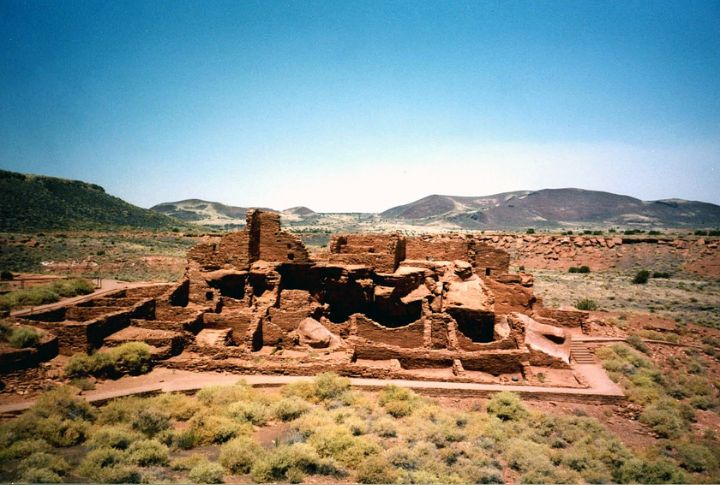
In the middle of the Arizona desert, Wupatki’s stone pueblos offer a rare look at how people thrived in a challenging environment. These structures, built around 1100 CE, tell a story of resilience, adaptation, and the ability to build sustainable communities in the Southwest.
Waco Mammoth Site (Texas)
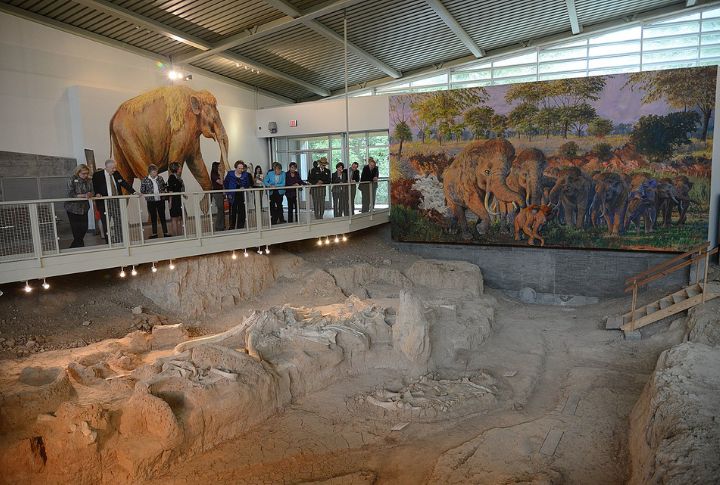
The Waco Mammoth Site is one of North America’s most significant fossil sites, where mammoths were found preserved in a mass burial dating back about 68,000 years. These remains highlight prehistoric wildlife and help us understand the environment early humans lived in because why were all these mammoths buried in one spot?
Cedar Mesa (Utah)
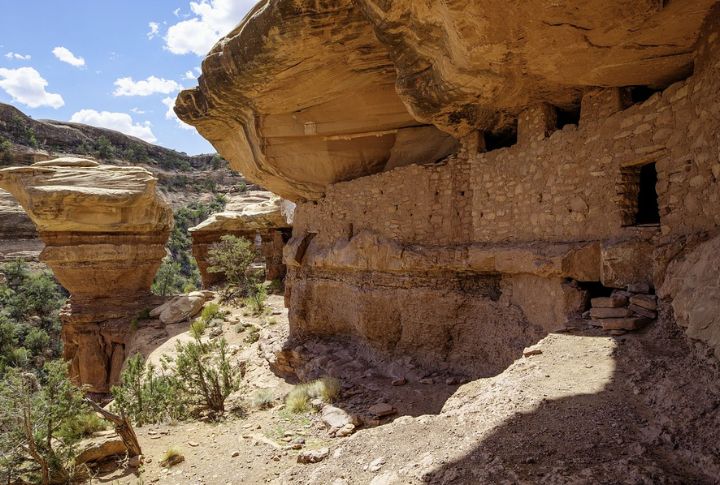
Cedar Mesa is known for its stunning cliff dwellings and rock art. These ancient homes and petroglyphs show the creativity of the Ancestral Puebloans. These civilizations made their homes in the desert, blending art, architecture, and survival skills to thrive in a harsh environment.
Mammoth Cave (Kentucky)
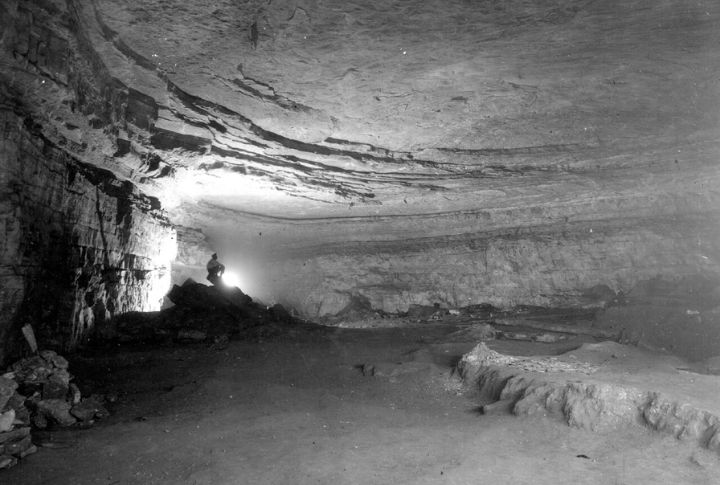
Mammoth Cave, the most extended cave system in the world, was more than just a cool place to visit. Early human inhabitants used the cave for shelter and storage, and they left behind tools and remnants that tell the story of how early people interacted with their environment, both above and below ground.
Tulum (Mexico)
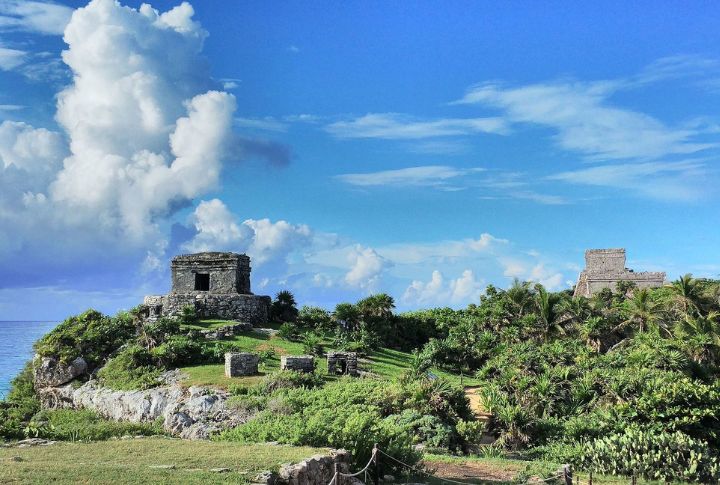
Here is a walled city built by the Maya civilization around the 13th century. Located on the Caribbean coast of Mexico’s Yucatán Peninsula, Tulum is one of the last cities built and inhabited by the Maya. Its well-preserved ruins hint at the Maya’s complex society, economy, and spiritual practices.
